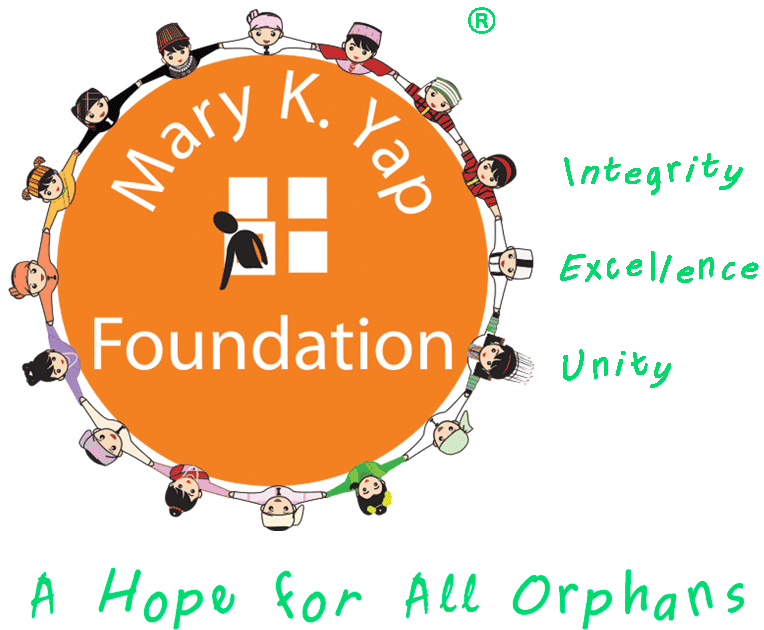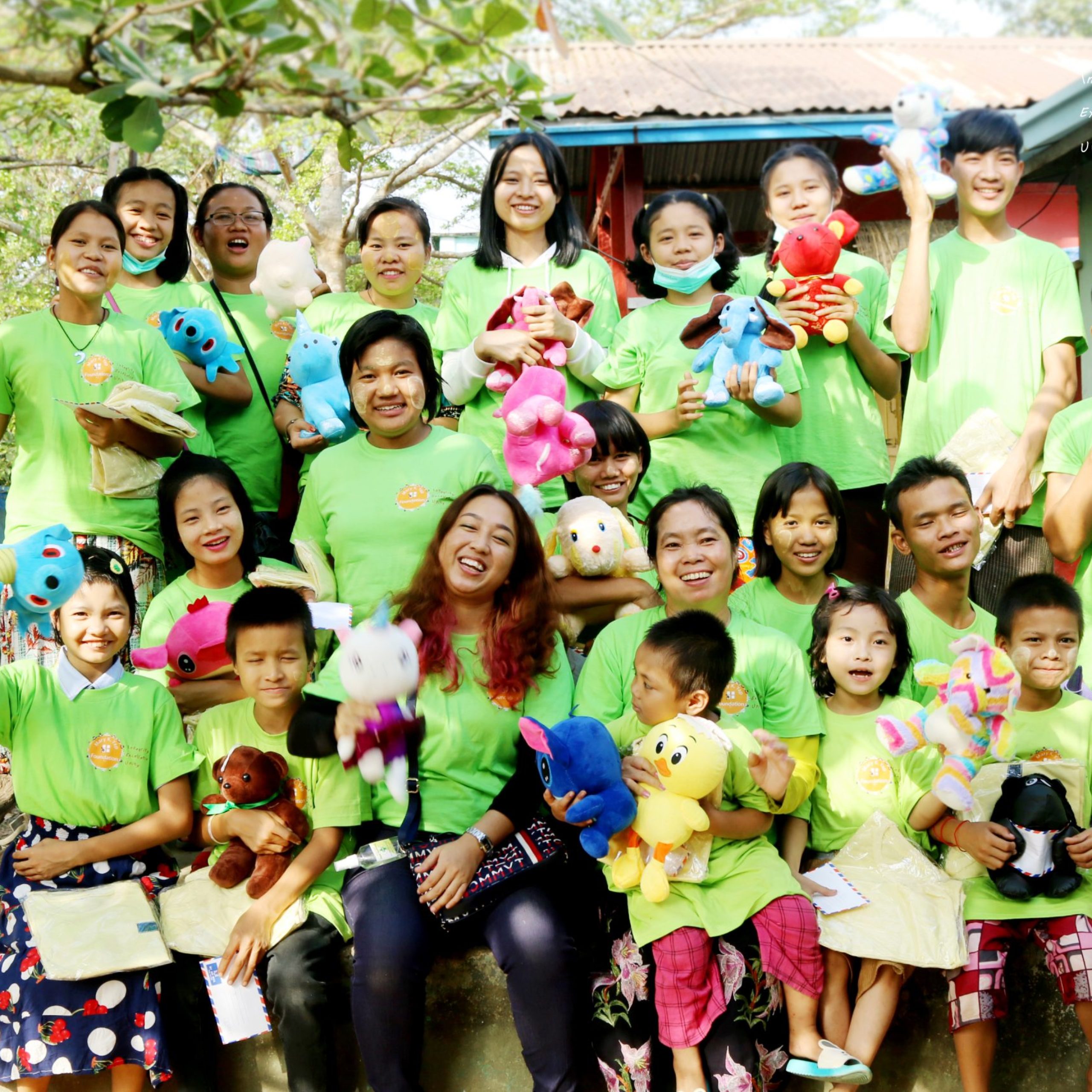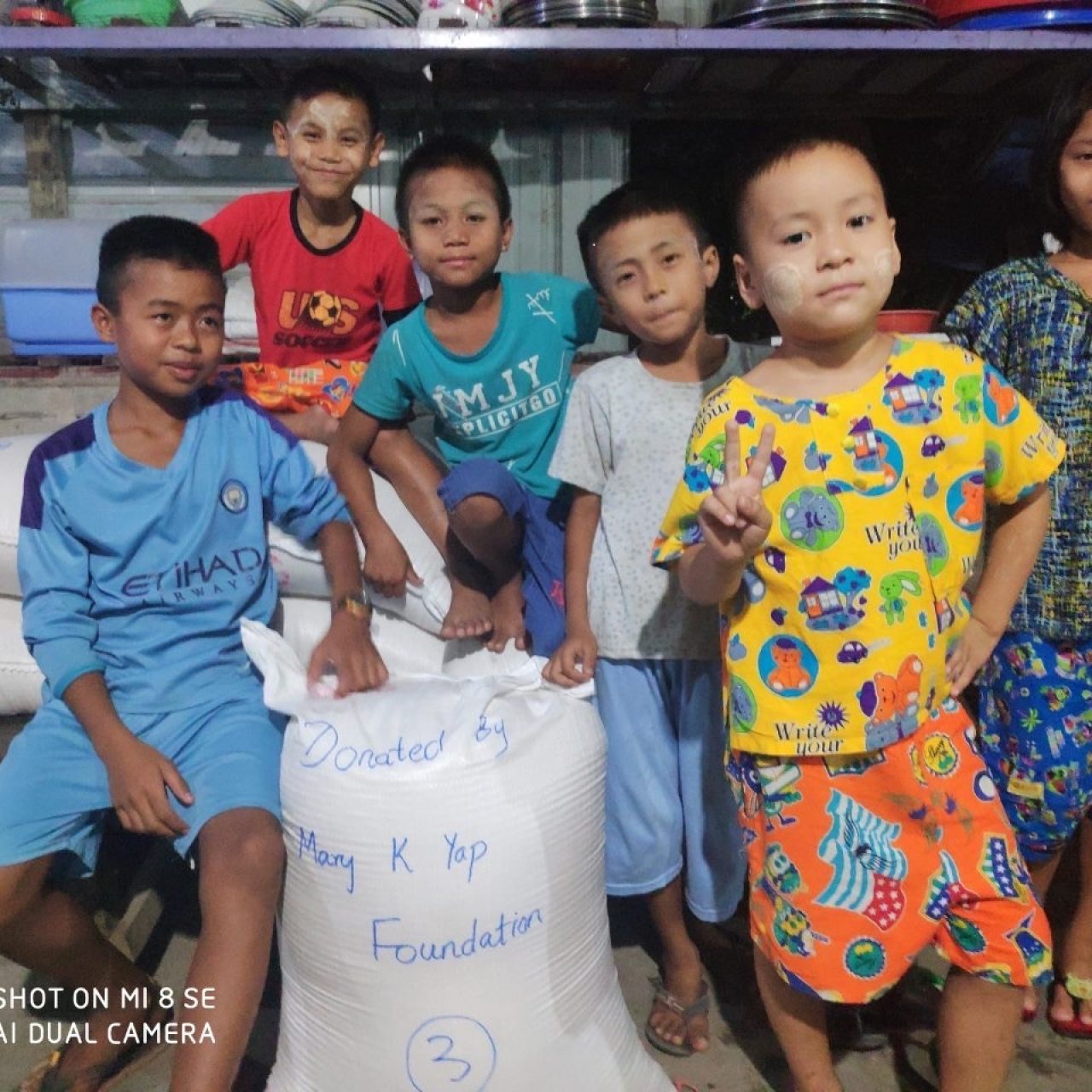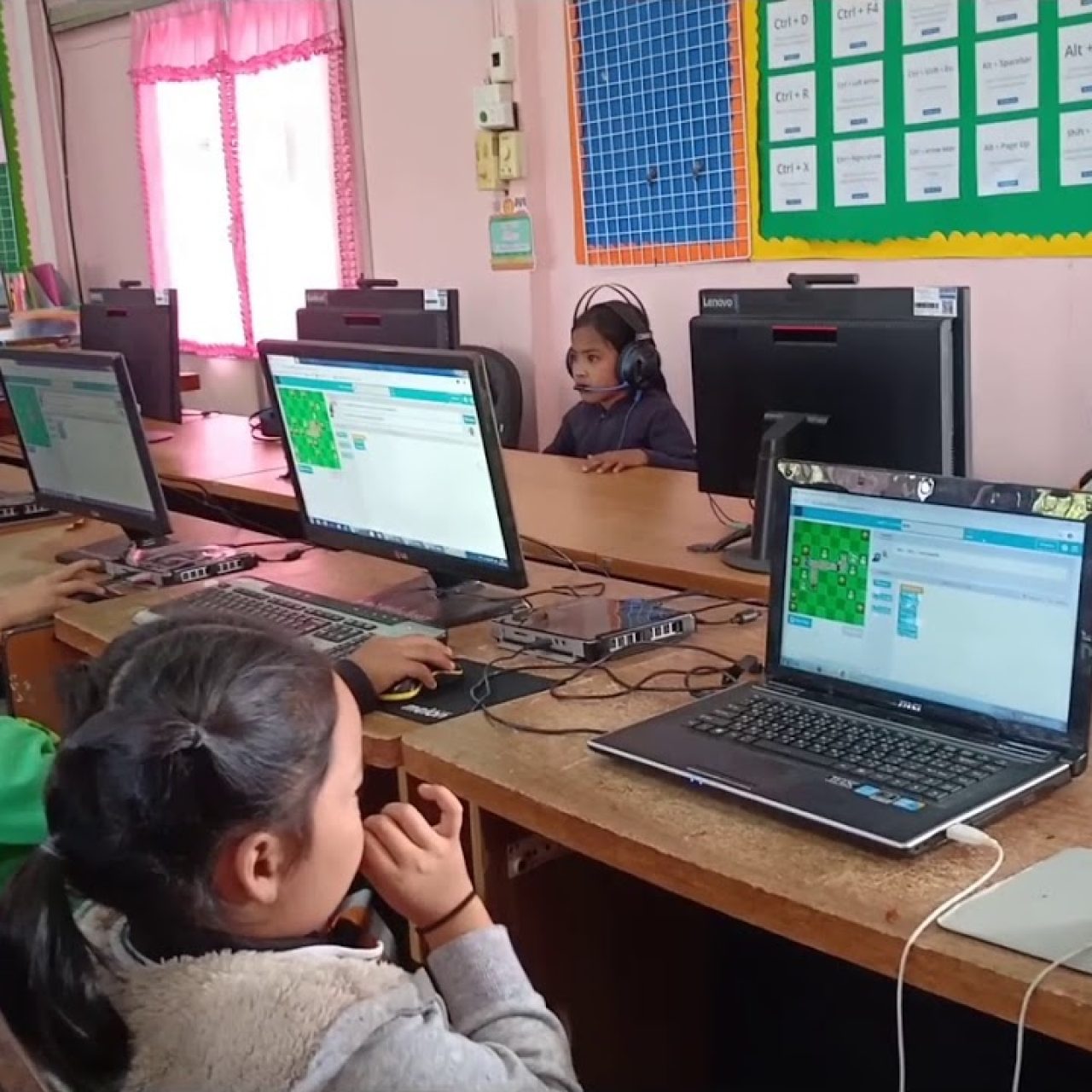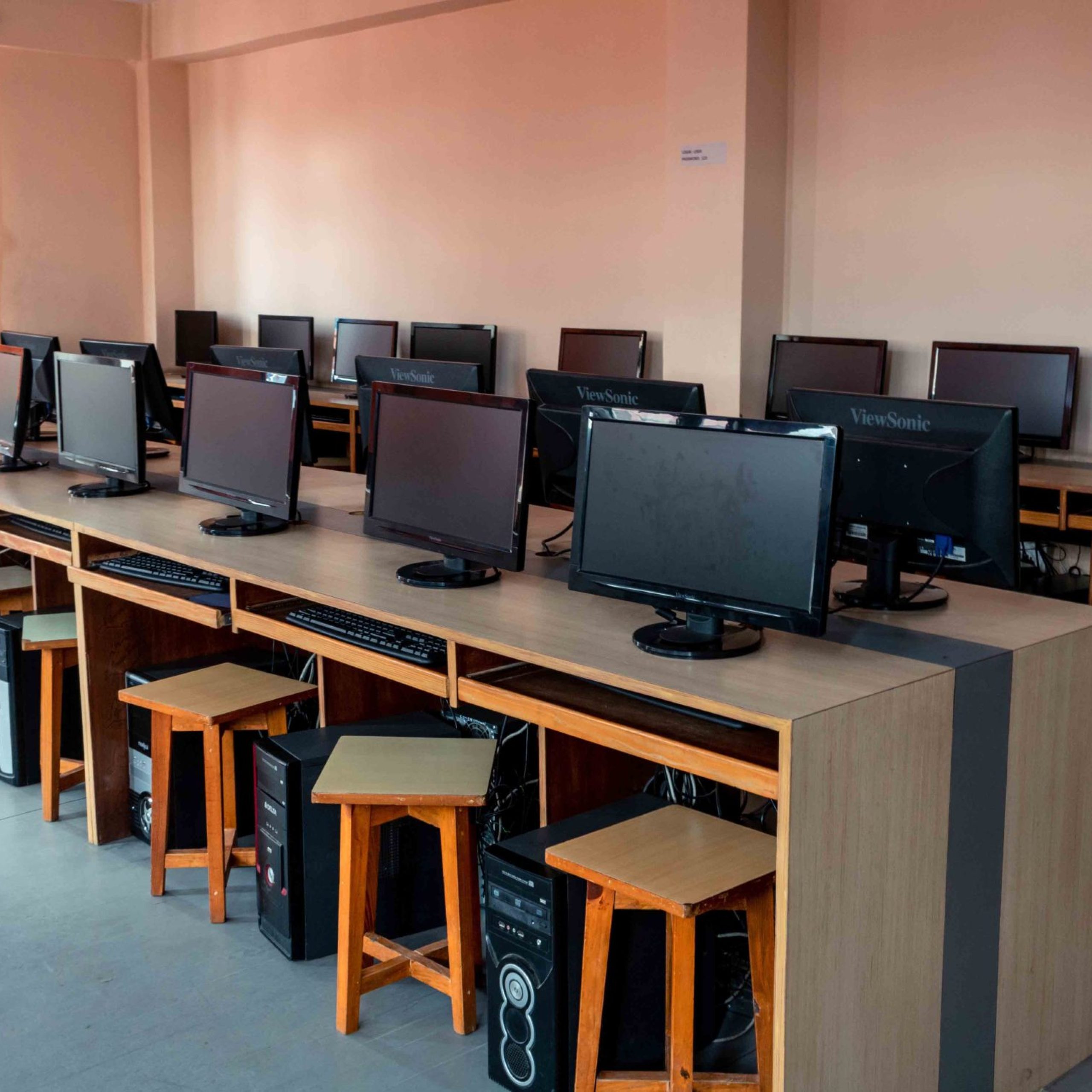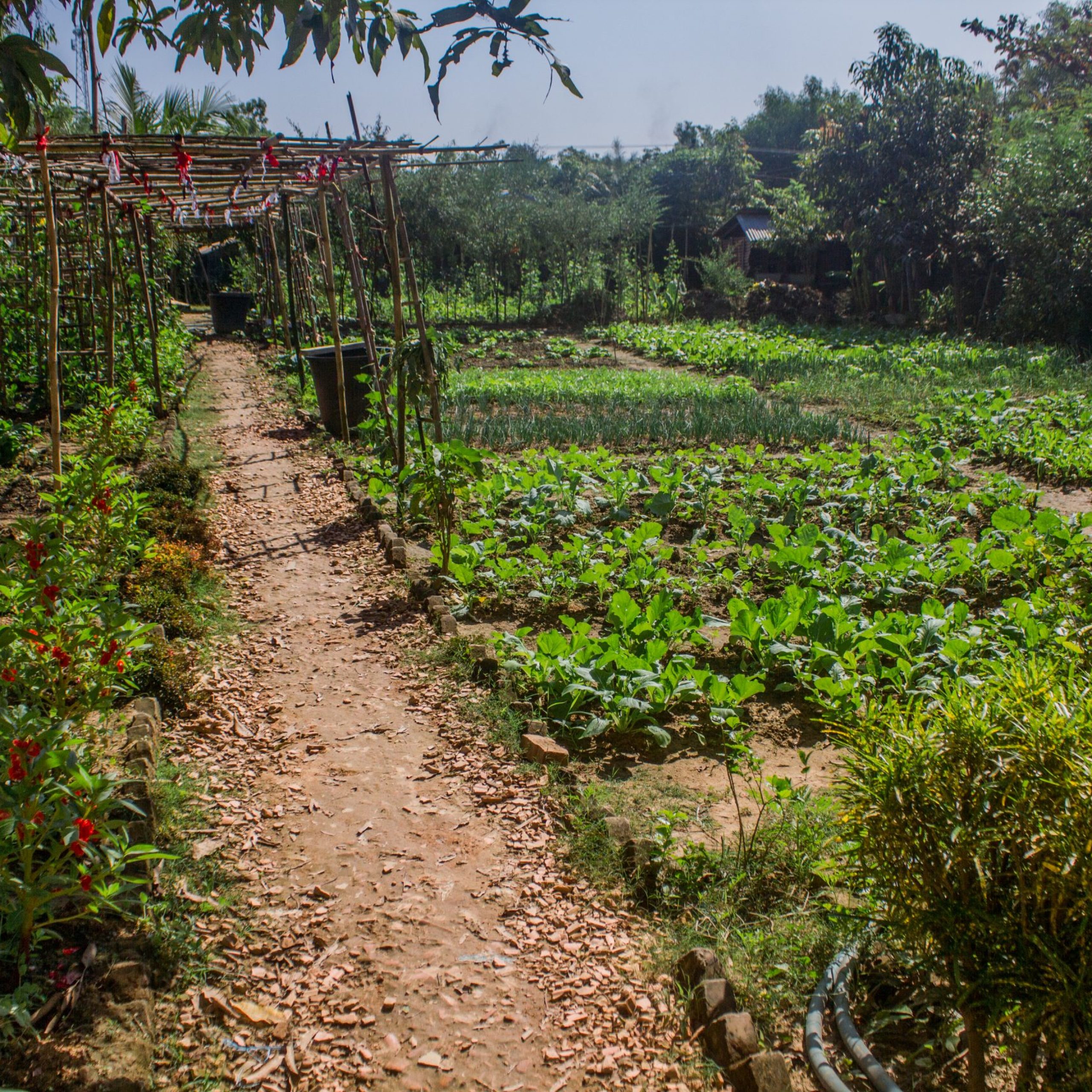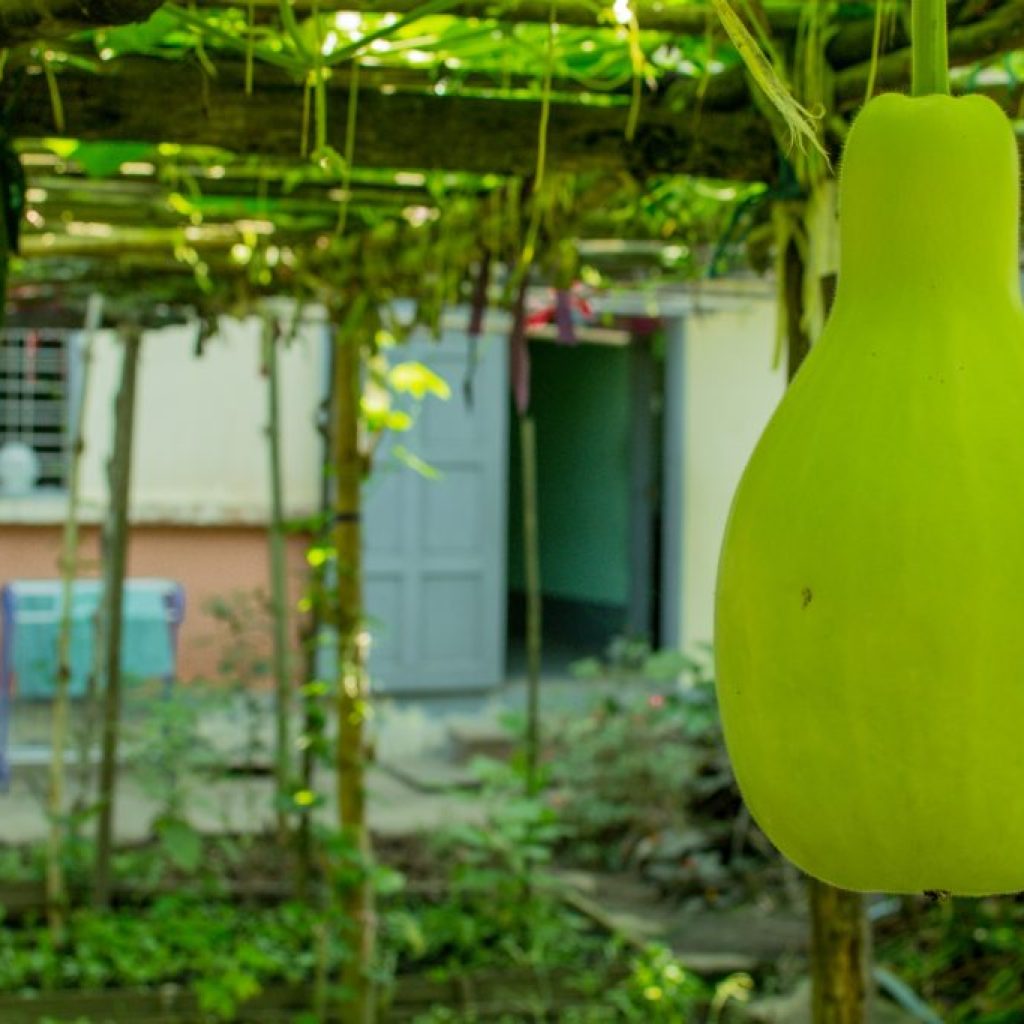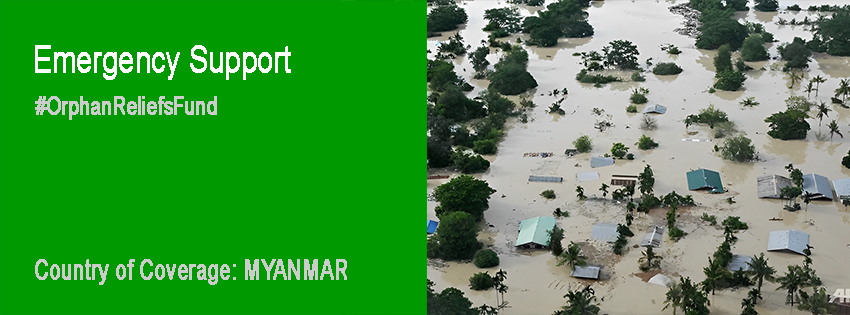“In times when nature’s fury strikes and leaves the innocent orphaned, it is the noble duty of NGOs to provide the divine solace of Emergency Relief Aid Support.”
Grace Swe Zin Htaike
Orphanage Ambassador, Myanmar
Restoring hope and Uplifting lives of those affected!
Implementing actionable steps is crucial to enhancing emergency relief support for vulnerable children during typhoons, civil disturbances, cyclones, earthquakes, and other life-threatening crises. However, it is essential to recognize that the specific steps and their implementation may vary depending on the unique local context, available resources, and existing coordination mechanisms. At our Foundation, we remain flexible in our approach, adapting our strategies to meet the specific needs of the affected communities while adhering to humanitarian principles and complying with local regulations. This ensures that our response is effective, efficient, and sensitive to the local context.
By continuously assessing the local context, we can identify the most appropriate actions to take, considering factors such as the severity of the crisis, the specific vulnerabilities of the children involved, and the available resources and infrastructure. We collaborate closely with local stakeholders, government agencies, and other humanitarian organizations to leverage their expertise, resources, and coordination mechanisms. This collaboration enables us to develop comprehensive and context-specific solutions that address vulnerable children’s immediate and long-term needs.
Six Actionable Steps in the Nutshell to Deliver Emergency Aid

STEP #1
Situation Assessment

STEP #2
Collaborate with Partners

STEP #3
Distribution Planning

STEP #4
Procurement and Logistics

STEP #5
Mobilization of Resources

STEP #6
Post-distribution Support
Below are explanations of the provisions entailed in each of the six steps.
1. Situation assessment:
- Conduct an assessment to identify the specific needs of the affected communities, including orphanages, regarding food, medical supplies, and shelter.
- Assess the extent of damage and the vulnerabilities of the children, taking into account the local context and resources available.
2. Coordination and collaboration:
- Establish partnerships and coordinate with local authorities, community leaders, and humanitarian organizations to ensure a coordinated response.
- Collaborate with local organizations and community members to leverage their support in identifying beneficiaries and facilitating aid distribution.
3. Distribution planning:
- Develop a distribution plan considering the specific needs of children’s communities, including orphanages and the most vulnerable individuals.
- Prioritize locations and beneficiaries based on vulnerability, ensuring that aid first reaches those in the greatest need.
- Establish distribution points or centers in accessible locations within the affected communities.
- Ensure that the distribution process is transparent, fair, and respectful of the dignity and rights of the beneficiaries.
- Provide clear instructions and information to the recipients about the aid they will receive and any conditions or requirements.
4. Procurement and logistics:
- Procure the essential food items, medical supplies, and shelter materials locally or through international suppliers, ensuring quality and suitability for the local context.
- Set up logistical systems for transportation, storage, and distribution of the aid, considering the accessibility and safety of the affected areas.
5. Mobilization of resources:
- Based on the identified needs, mobilize necessary resources, including food, medical supplies, and shelter materials.
- Coordinate with donors, partner organizations, and local authorities to secure funding and logistical support for the relief operation.
6. Monitoring and Post-distribution support:
- Establish monitoring and evaluation mechanisms to track the progress and effectiveness of the aid distribution.
- Regularly assess the impact of the aid provided and address any challenges or gaps in the distribution process.
- Maintain transparency and accountability by documenting the distribution process and reporting to relevant stakeholders.
- Provide follow-up support to children’s communities, including orphanages, to address their ongoing needs and promote long-term recovery.
- Offer psychosocial support, health services, and assistance rebuilding infrastructure if necessary.
We emphasize the importance of child protection, psychosocial support, access to essential needs, and continuity of education. Through regular monitoring and evaluation, we ensure the effectiveness of our aid interventions, making adjustments as needed to improve our emergency support for orphanages. By taking these steps and working in partnership with local communities, we strive to provide impactful and sustainable emergency relief during times of crisis.
